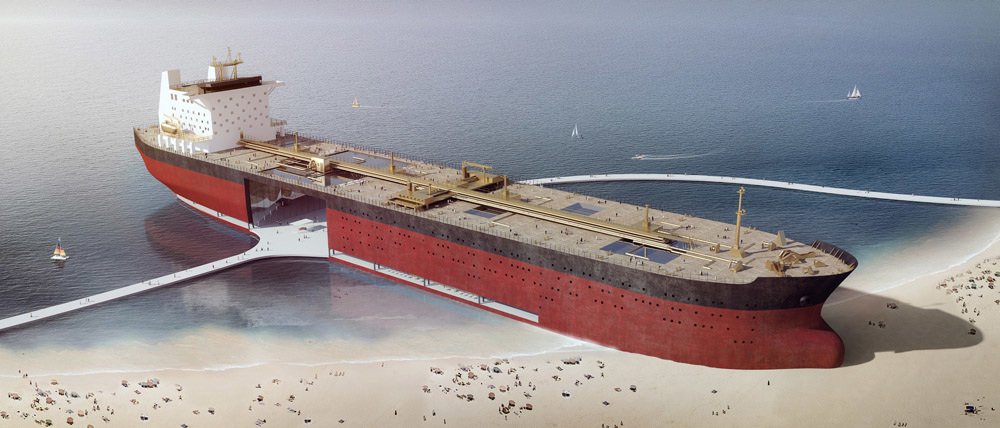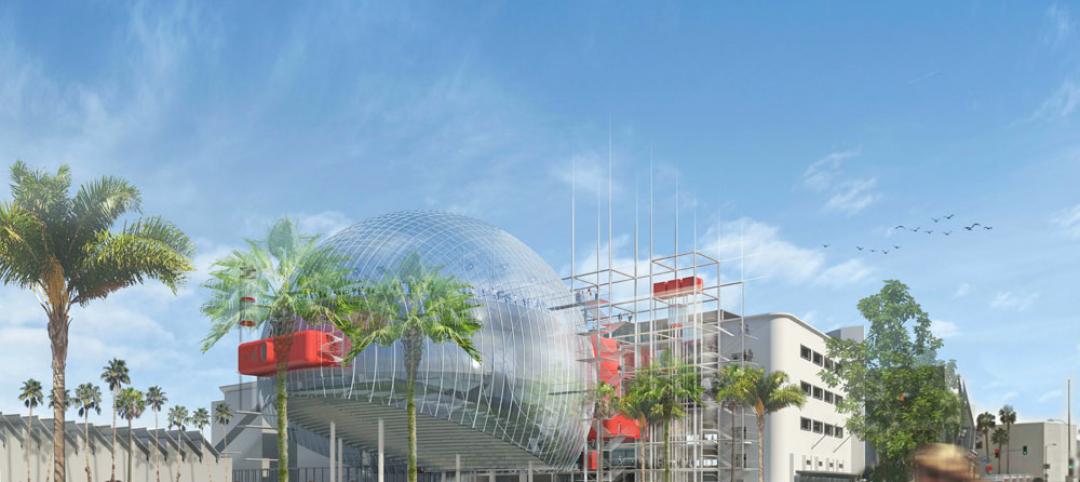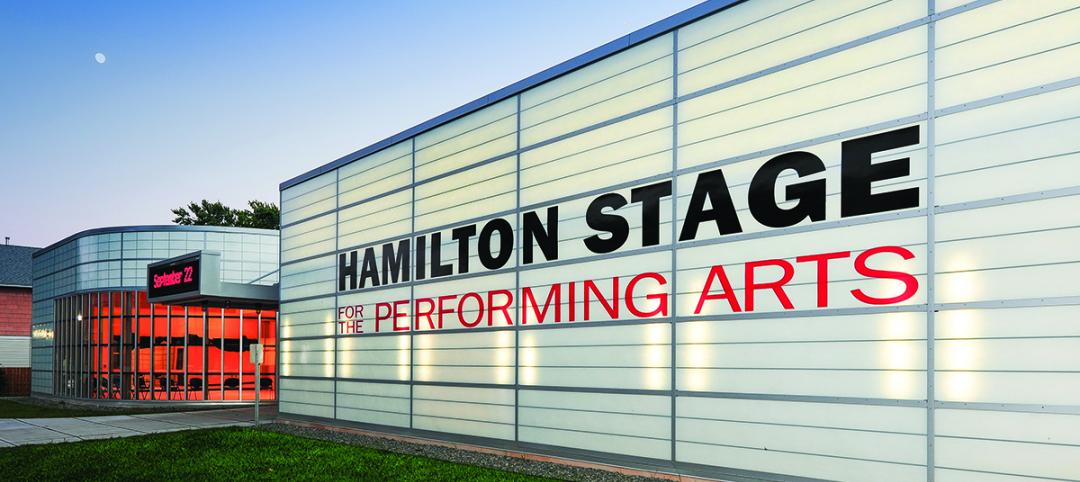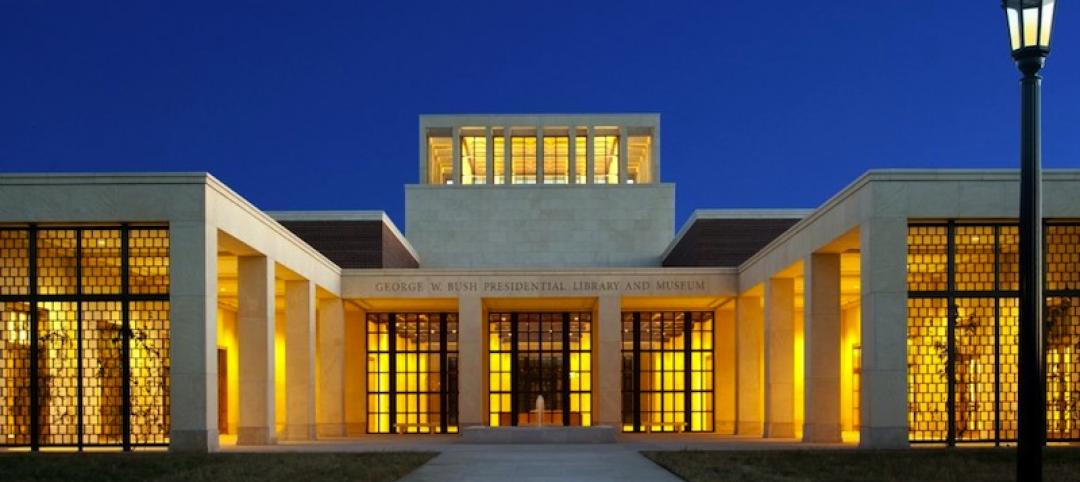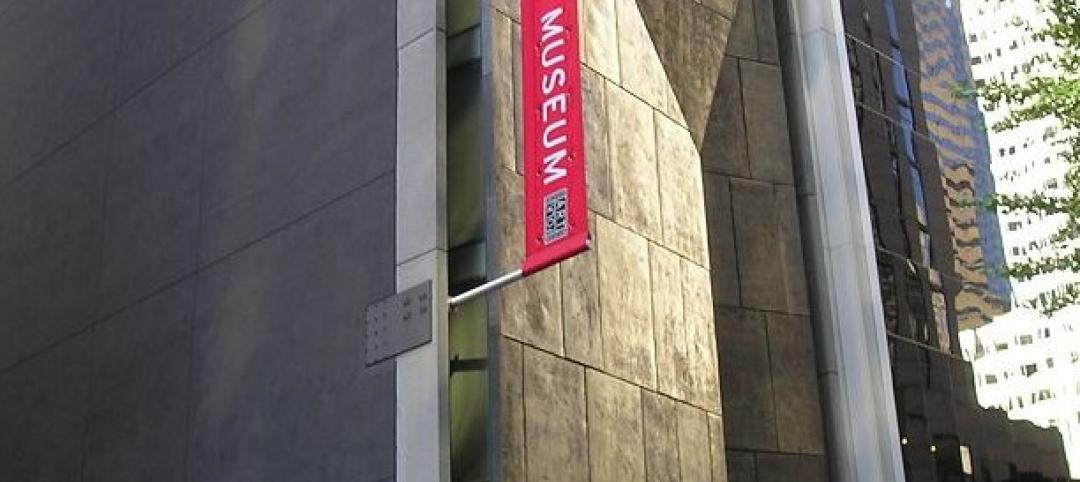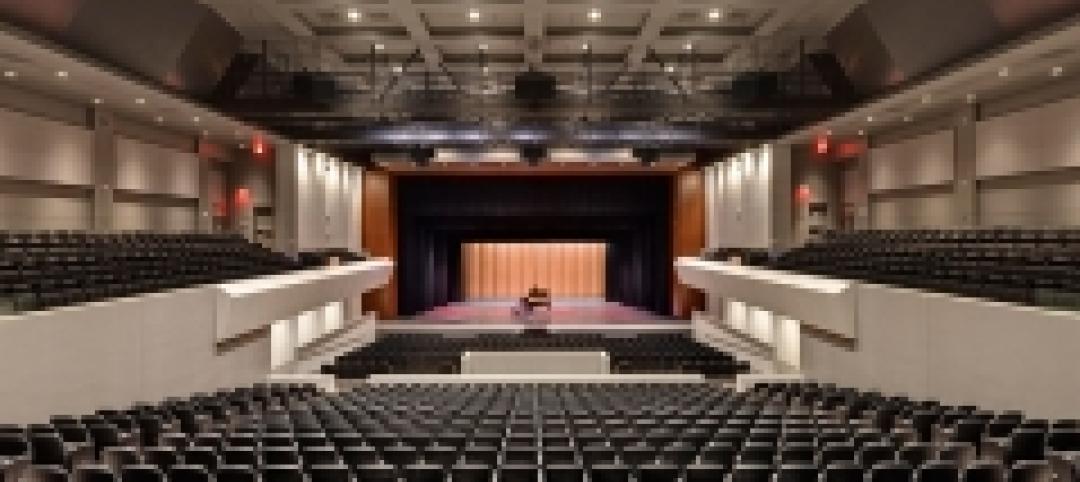Let’s say renewable energy from wind and solar become the new norm, what do we do with the gigantic tankers that ship oil around the world? A group of Dutch artists imagined reusing these behemoths as space usable by the public.
The Black Gold Project is a joint project of artists Chris Collaris Design, Ruben Esser, Sander Bakker, and Patrick van der Gronde, Weburbanist reports.
Based on renderings, the project involves anchoring tankers to the shore as permanent land buildings, designed to accommodate cultural and event spaces, retail, or public parks. In the words of Art Director Ruben Esser, “The Black Gold Project is an answer to the contemporary search for true iconic buildings in the Southern Gulf region.”
“The biggest concern in the newly grounded architectural culture of the post-global cities in the Gulf area can be described as an overdose of pretentious iconic buildings,” designer Chris Collaris contends. “By changing the function of the discarded mega oil tanker in a sustainable and functional way, the anchored mega ship can be kept as a true icon of the Arabic States in Southern Gulf region into the present and next era.”
Weburbanist points out several practical drawbacks to be considered, such as the impact of waves, saltwater, and wind over time. “Still, as a conceptual project, the idea is compelling—if more poetic than realistic,” the article states. “Turn the very vessels responsible for the rise and fall of these oil-producing nations into something new that remains, at the same time, a monument to days gone by."
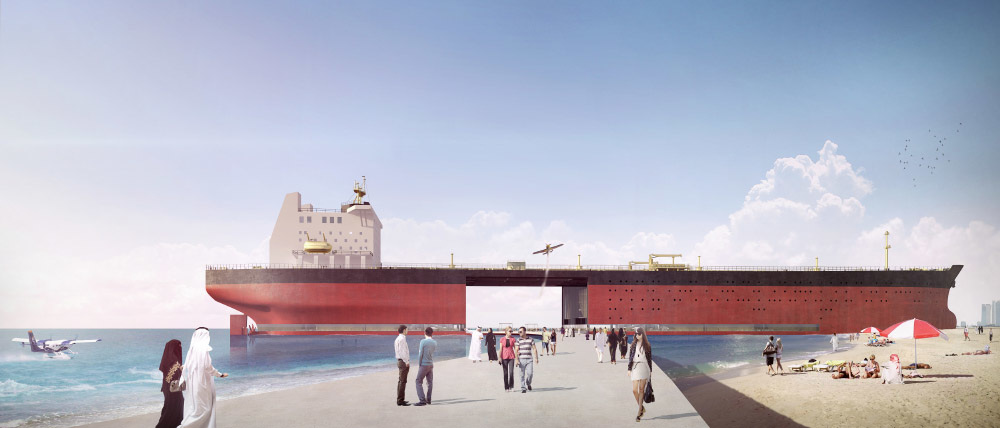
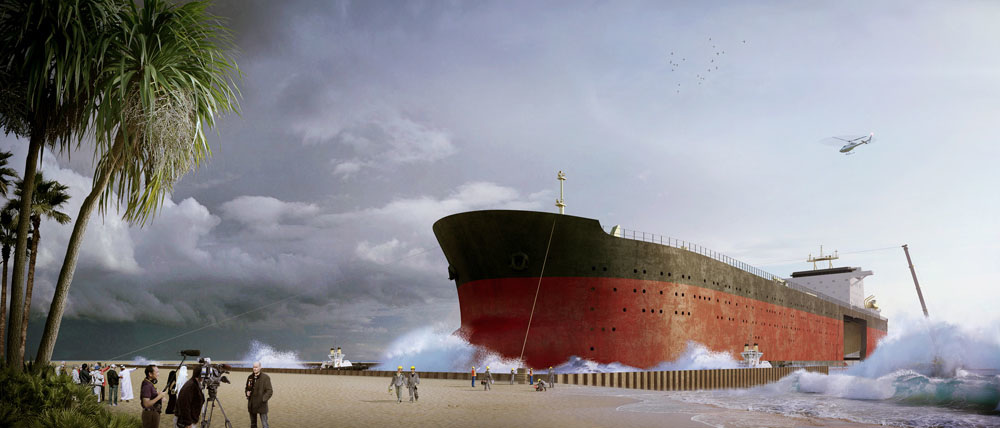

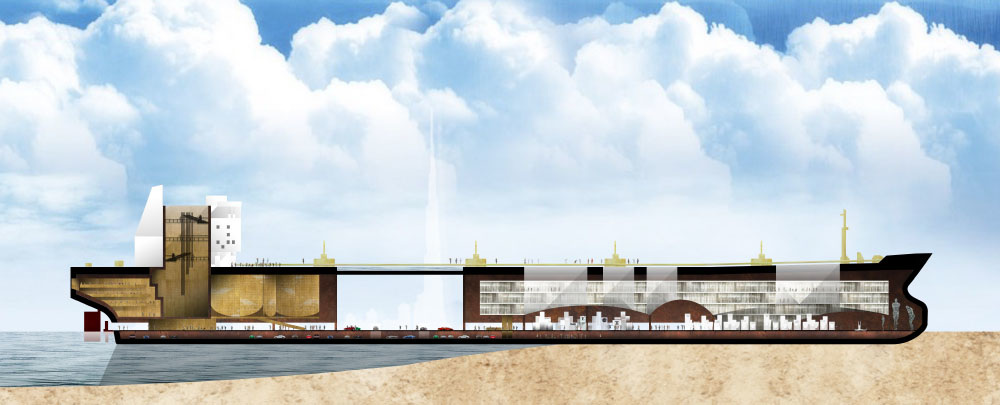
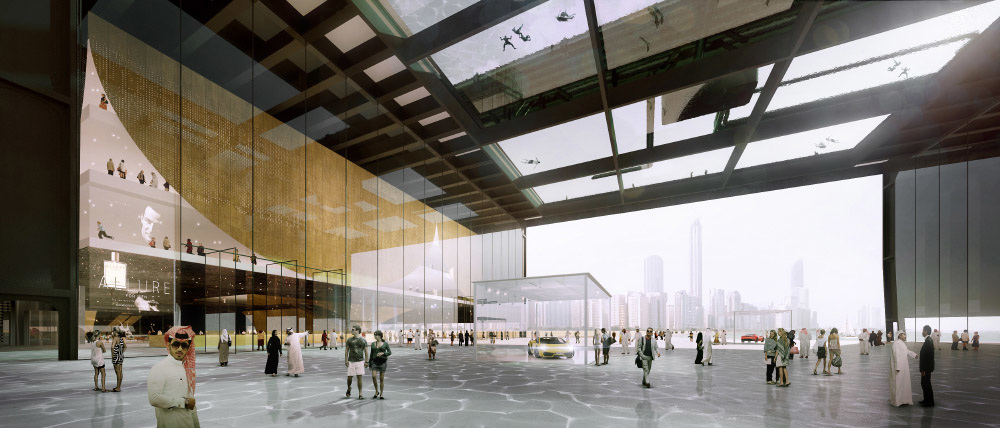
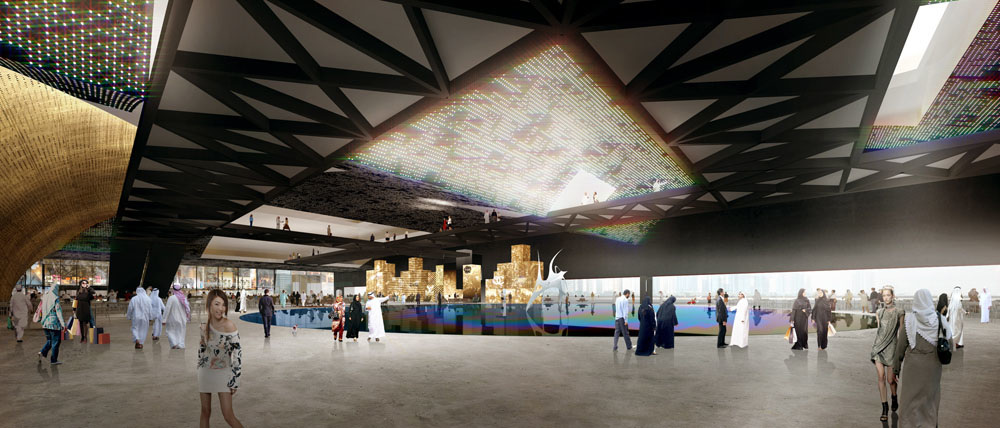
Related Stories
| Apr 17, 2013
First look: Renzo Piano's glass-domed motion pictures museum
The Academy of Motion Picture Arts and Sciences last week released preliminary plans for its $300 million Academy of Motion Picture Arts and Sciences museum in Los Angeles, designed by Renzo Piano and local architect Zoltan Pali.
| Apr 16, 2013
5 projects that profited from insulated metal panels
From an orchid-shaped visitor center to California’s largest public works project, each of these projects benefited from IMP technology.
| Apr 12, 2013
Nation's first 'food forest' planned in Seattle
Seattle's Beacon Food Forest project is transforming a seven-acre lot in the city’s Beacon Hill neighborhood into a self-sustaining, edible public park.
| Apr 12, 2013
Chicago rail conversion puts local twist on High Line strategy
Plans are moving forward to convert an unused, century-old Chicago rail artery to a 2.7 mile, 13 acre recreational facility and transit corridor.
| Apr 11, 2013
George W. Bush Presidential Center achieves LEED Platinum certification
The George W. Bush Presidential Center announced today it has earned Platinum certification by the U.S. Green Building Council’s Leadership in Energy and Environmental Design program. The Bush Center is the first presidential library to achieve LEED Platinum certification under New Construction.
| Apr 11, 2013
American Folk Art Museum, opened in 2001, to be demolished
Just 12 years old, the museum designed by Tod Williams and Billie Tsien will be taken down to make way for MoMA expansion.
| Apr 5, 2013
Snøhetta design creates groundbreaking high-tech library for NCSU
The new Hunt Library at North Carolina State University, Raleigh, incorporates advanced building features, including a five-story robotic bookBot automatic retrieval system that holds 2 million volumes in reduced space.
| Apr 2, 2013
6 lobby design tips
If you do hotels, schools, student unions, office buildings, performing arts centers, transportation facilities, or any structure with a lobby, here are six principles from healthcare lobby design that make for happier users—and more satisfied owners.


